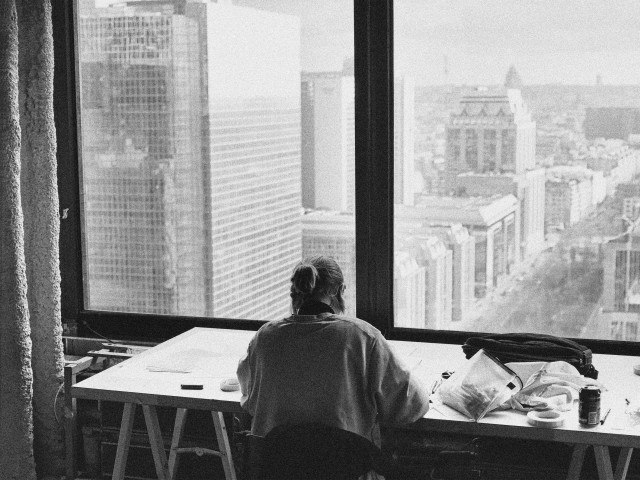
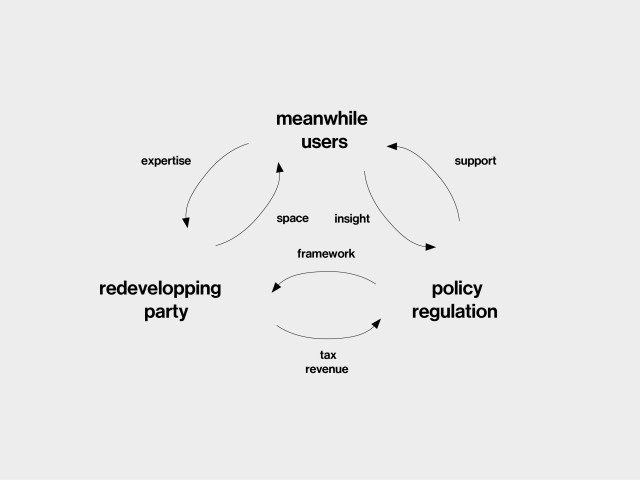
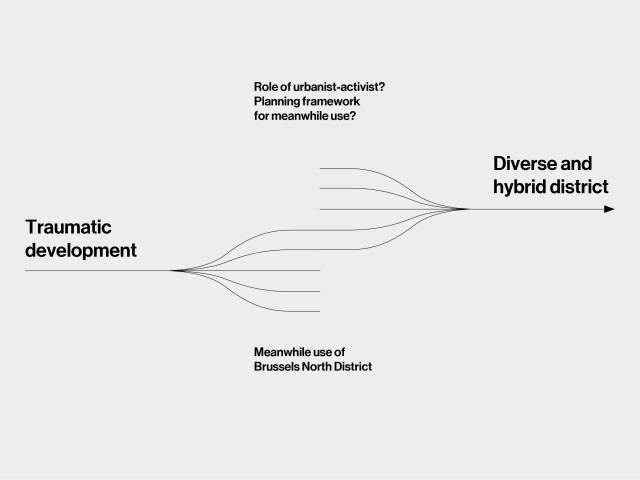
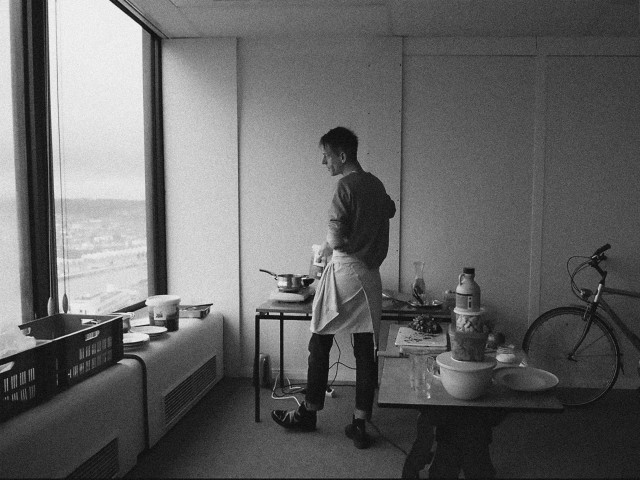
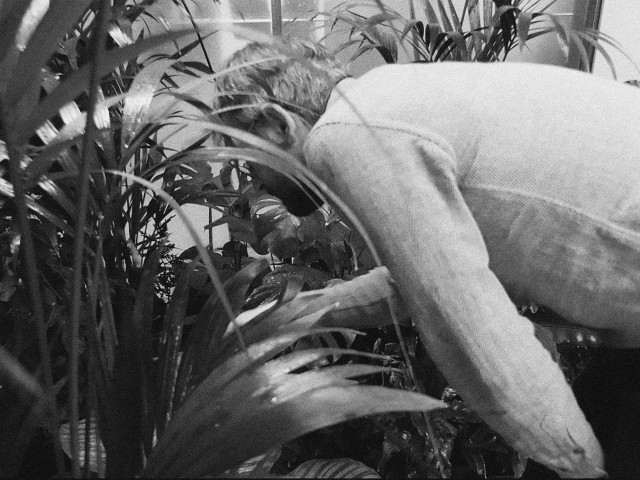
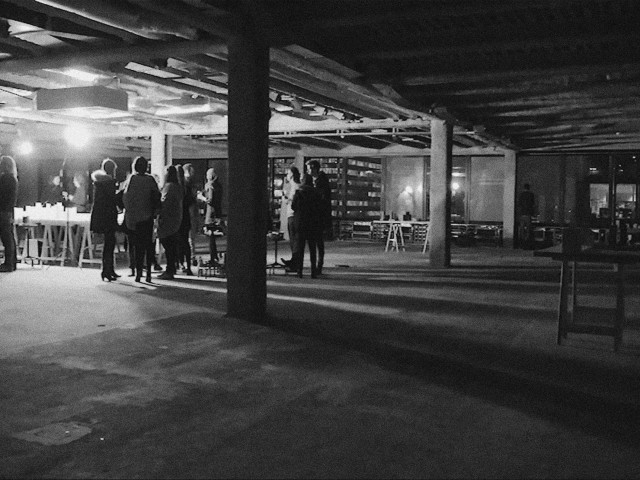
Article extract by Dieter Leyssen (51N4E) from Joelho, n. 9: ‘Reuse of Modernist Buildings: pedagogy and profession’.
View the full article here.
In this paper, the role of meanwhile use as an act of resistance is examined. Can temporal reuse of buildings awaiting redevelopment affect the decisions of architects, policymakers and developers over plans for adaptation or demolition? In recent years, we have seen an increase in practices of meanwhile use in this context. Examples can be found in many European and American cities: relict spaces temporarily turned into bars or co-working environments, vacant offices into galleries, wastelands into vegetable gardens, etc. Important differences surface in terms of process, ideology, politics of space, activism and power relations. The ultimate beneficiary of meanwhile use is often unclear and diverse over cases. Different authors highlighted its catalyst role in processes of gentrification and displacement and identified it as placemaking tool for developers or public authorities. Others thought it a useful method in the adaptive re-use of buildings, learning from every-day uses when imagining future adaptations. This paper scrutinises the role of meanwhile use, operating critically from within redevelopment projects. The analysis draws on practical experiences in a project of meanwhile use in the CIAM-inspired Brussels North District. Alongside interviews with diverse agents, some of the tactical and inter-personal dimensions are being revealed. Using literature from critical urbanism, post-colonial theory, and actor-network theory and findings from the paper’s case study, five conditions are crystallised for meanwhile use to be an act of resistance, affecting the outcome of redevelopment projects.